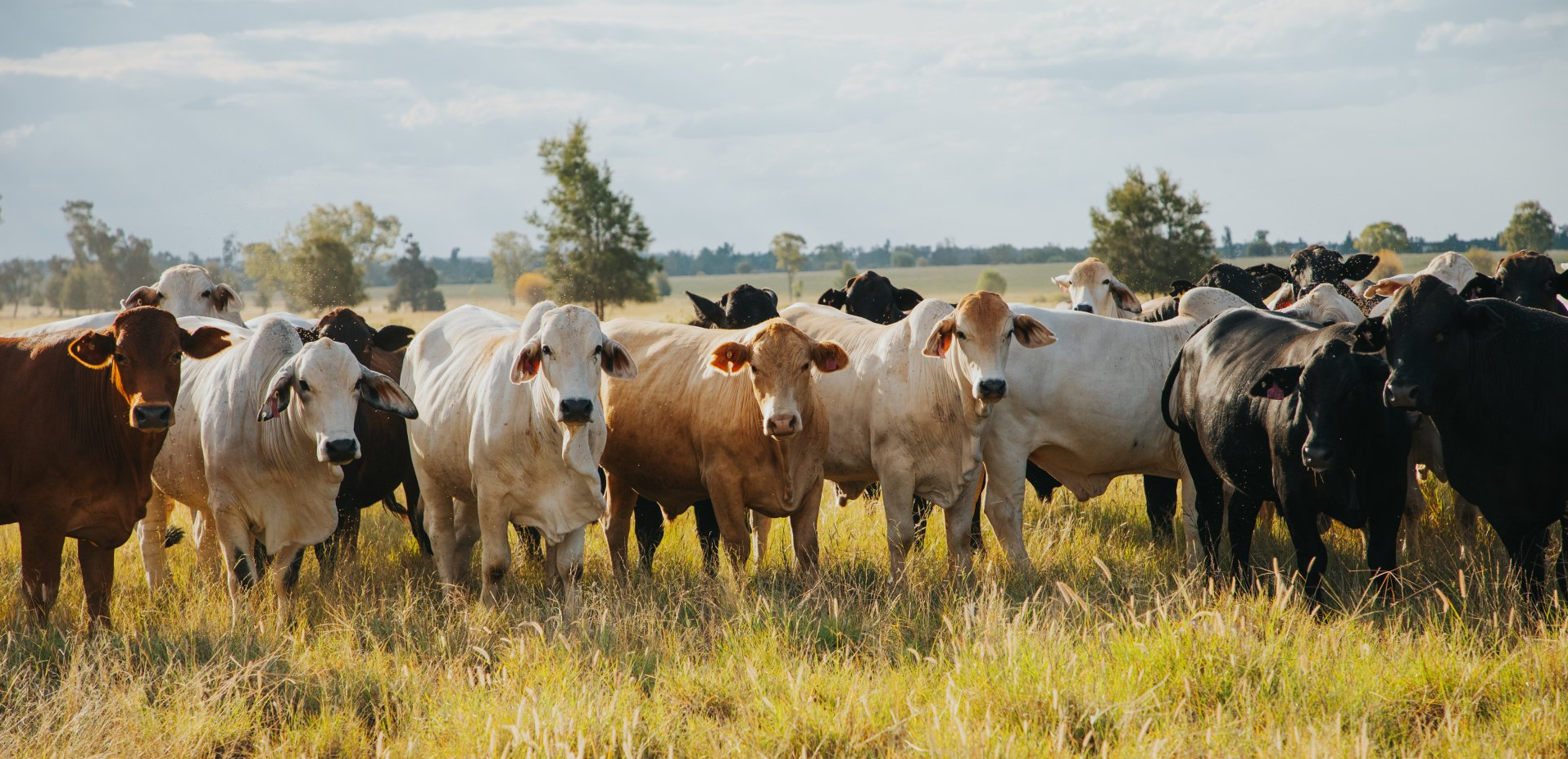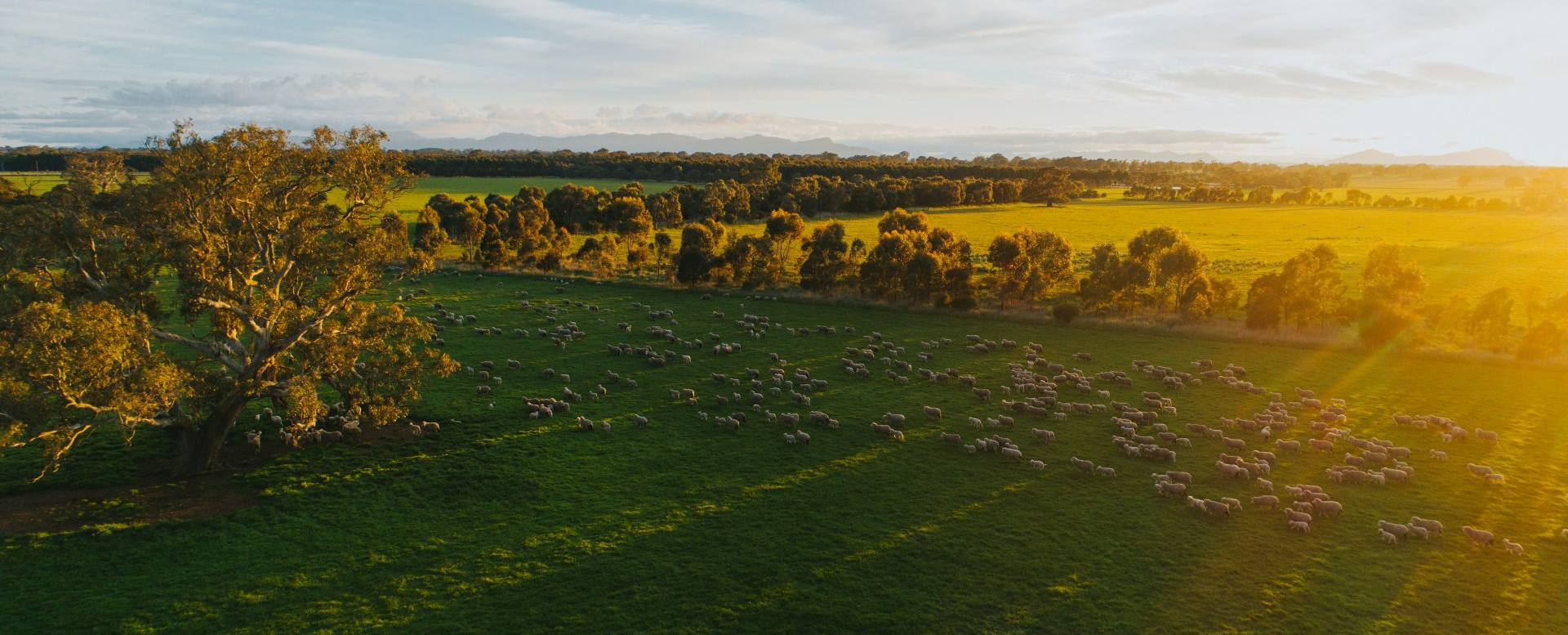Innovation boosting Australia’s red meat industry
Australia’s red meat industry is harnessing innovation to tackle 3 key issues: carbon neutrality by 2030, biosecurity, and market access.

Australian red meat is defying rusted-on stereotypes, with industry leaders recognising that innovation is crucial for the sector’s future.
Michael Crowley, the General Manager of Research, Development, and Adoption at Meat & Livestock Australia (MLA), shares his insights on four key issues the industry is tackling head-on to ensure maximum impact for its beef, lamb and goatmeat producers.
Carbon neutral by 2030 (CN30) target
In 2017, the Australian red meat industry set the ambitious target to be carbon neutral by 2030 (CN30).
“To achieve that target, we need to accelerate progress – and we need the whole of industry to buy in to get us there,” Michael says.
A few examples of the technological solutions to reduce methane emissions in livestock include:
- A red seaweed extract used as an additive in cattle feed
- A focus on lower-methane-emitting livestock breeds
- Adding more legumes to the pasture feedbase.
“Legumes have condensed tannins in their leaves that naturally reduce methane emissions and increase productivity through improved weight gain.”
“Using legumes in pastures means more kilograms of production per hectare, as well as a positive environmental outcome in terms of improved soil health and emission reduction,” Michael says.
Alongside the industry’s CN30 target, the Federal Government also has a range of financial incentives to help farmers and others in the agricultural industry take practical steps towards carbon neutrality. Key programs and strategies include a Technology Investment Roadmap, Emissions Reduction Fund, and Agricultural Biodiversity Stewardship Package.
Biosecurity
There are several research and development projects underway to improve the health and welfare of livestock, as well as the productivity and integrity of the Australian red meat industry.
These projects primarily focus on:
- Creating on-farm biosecurity plans that include measures to reduce the risk of introducing and/or spreading an infectious disease, pest or weed onto properties.
- Implementing industry biosecurity programs that aim to prevent and control emergency animal diseases.
- Containing disease outbreaks to prevent spread between businesses, states, and countries.
- Creating vaccination protocols to prevent and contain the spread of disease.
- Monitoring and evaluation of perceived and actual biosecurity risks to the industry.
“A key biosecurity priority for the Australian red meat industry in 2022 has been assisting state and federal governments to keep Australia free of foot-and-mouth disease and lumpy skin disease,” Michael says.
Numerous industry organisations have partnered up to manage the biosecurity risks around these diseases, providing technical expertise and investment in potential prevention and treatment solutions, including mRNA vaccines.
“Biosecurity is essential to our market access as we remain free from several exotic animal diseases and plant pests.”
Market access
According to Michael, there are several big opportunities for red meat in global markets, such as the EU.
“We are negotiating with the EU to deliver more favourable market access conditions as part of a comprehensive free trade agreement,” he says.
Meanwhile, the industry continues to add value through product innovation to bolster trade opportunities. One project in particular has explored extracting collagen from animal hides and skins, which are now being developed into food-grade collagen – as well as collagen for the beauty and medical industries.
“These diverse innovations show the industry is testing its mettle for future challenges, providing better market access for our producers,” Michael says.
Michael Crowley is the General Manager of RD&A at Meat & Livestock Australia.











